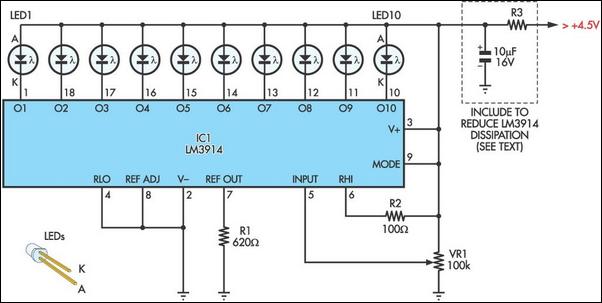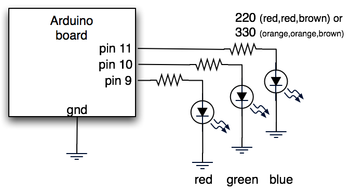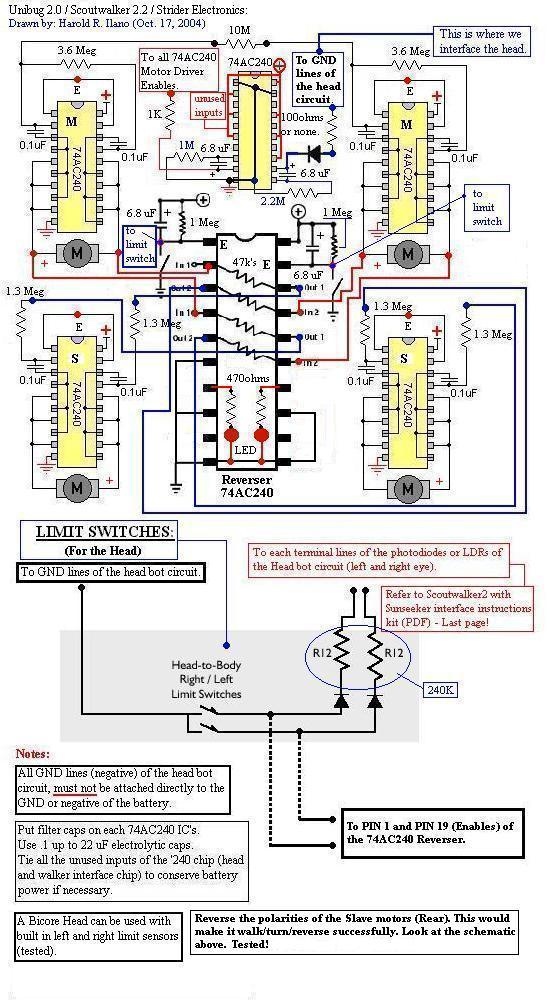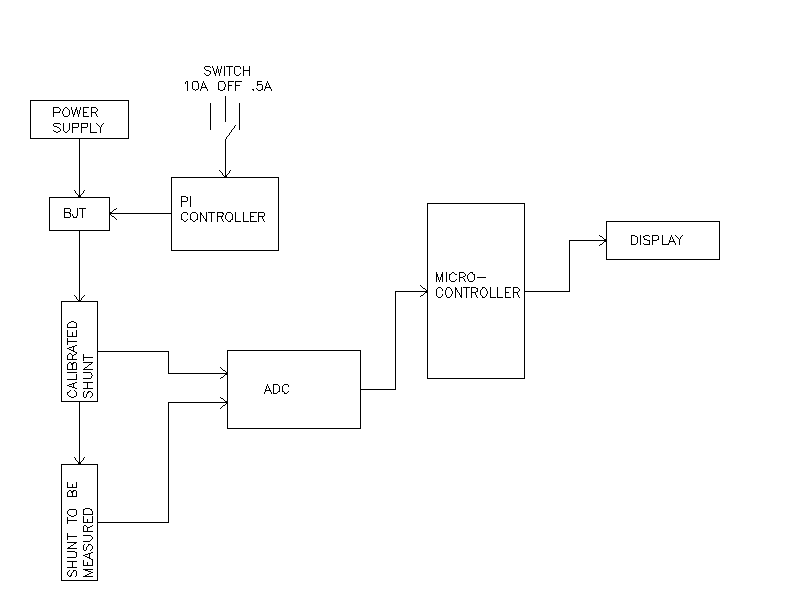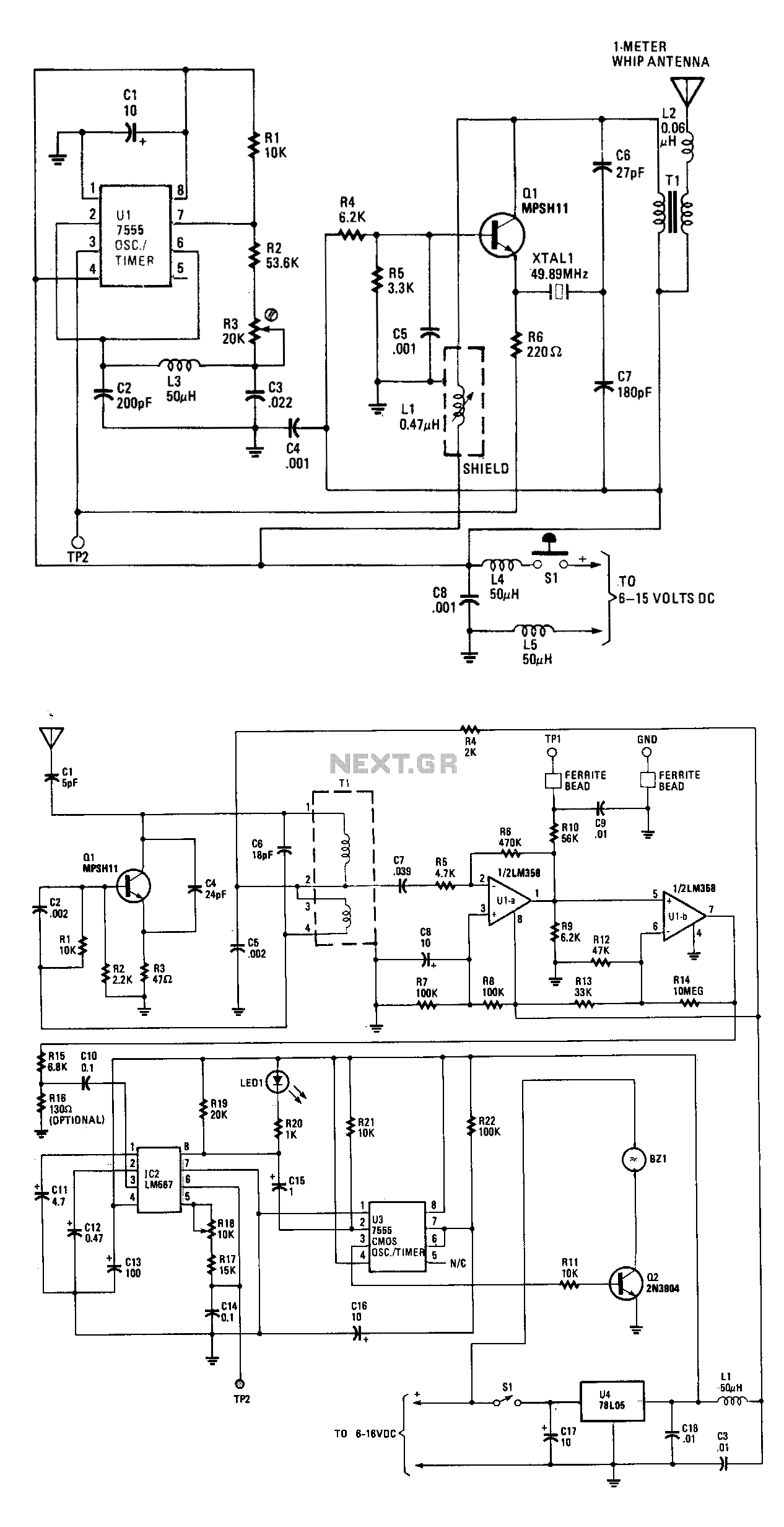
io page

This I2C expansion board for microcontrollers enables the connection of 8 switches or 8 LEDs using only two wires.
The I2C expansion board is designed to facilitate the integration of multiple input or output devices with minimal wiring complexity. By utilizing the I2C (Inter-Integrated Circuit) communication protocol, this board allows microcontrollers to interface with up to eight individual switches or LEDs seamlessly. The board operates on a two-wire system, consisting of a Serial Data Line (SDA) and a Serial Clock Line (SCL), which significantly reduces the number of required connections compared to traditional methods.
Each switch or LED can be independently addressed, allowing for versatile applications in various electronic projects. The board typically includes pull-up resistors on the SDA and SCL lines to ensure proper signal integrity and communication reliability. Additionally, the use of I2C means that multiple devices can be connected on the same bus, enabling scalability and flexibility in system design.
The integration of this I2C expansion board into a microcontroller-based project can simplify the design process, reduce physical space requirements, and improve overall system efficiency. It is particularly beneficial in applications where space is limited or where numerous I/O connections are needed without the complexity of additional wiring. The board can be utilized in various applications, including home automation, user interface designs, and educational projects.
In summary, this I2C expansion board serves as a practical solution for connecting multiple switches or LEDs to microcontrollers, streamlining the design process while maintaining functionality and ease of use.This I2C expansion board for microcontrollers allows you to connect 8 switches or 8 LEDs with only two wires.. 🔗 External reference
The I2C expansion board is designed to facilitate the integration of multiple input or output devices with minimal wiring complexity. By utilizing the I2C (Inter-Integrated Circuit) communication protocol, this board allows microcontrollers to interface with up to eight individual switches or LEDs seamlessly. The board operates on a two-wire system, consisting of a Serial Data Line (SDA) and a Serial Clock Line (SCL), which significantly reduces the number of required connections compared to traditional methods.
Each switch or LED can be independently addressed, allowing for versatile applications in various electronic projects. The board typically includes pull-up resistors on the SDA and SCL lines to ensure proper signal integrity and communication reliability. Additionally, the use of I2C means that multiple devices can be connected on the same bus, enabling scalability and flexibility in system design.
The integration of this I2C expansion board into a microcontroller-based project can simplify the design process, reduce physical space requirements, and improve overall system efficiency. It is particularly beneficial in applications where space is limited or where numerous I/O connections are needed without the complexity of additional wiring. The board can be utilized in various applications, including home automation, user interface designs, and educational projects.
In summary, this I2C expansion board serves as a practical solution for connecting multiple switches or LEDs to microcontrollers, streamlining the design process while maintaining functionality and ease of use.This I2C expansion board for microcontrollers allows you to connect 8 switches or 8 LEDs with only two wires.. 🔗 External reference
